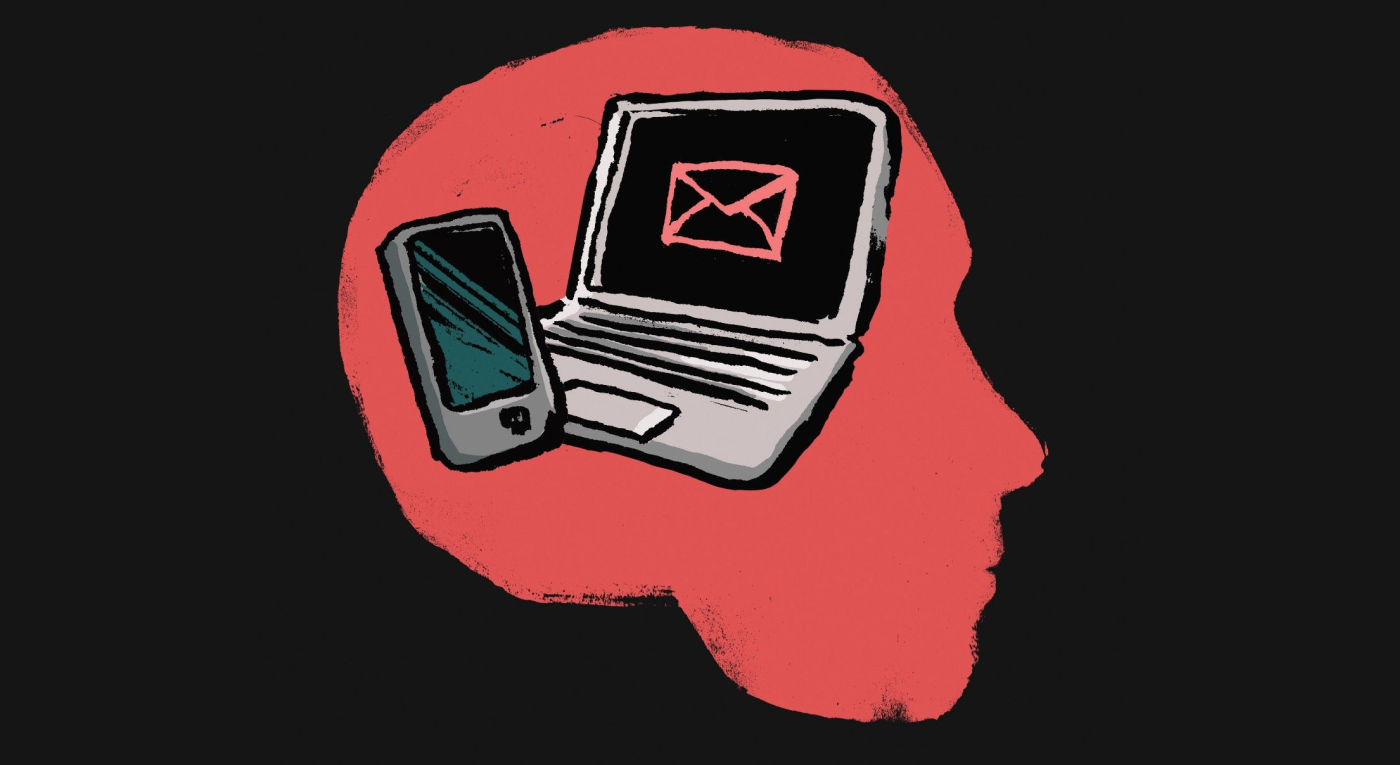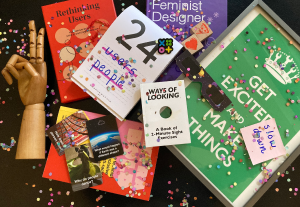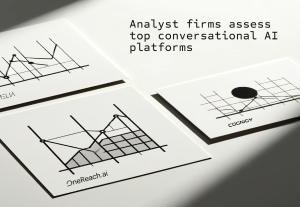In 1926, the last remaining wolves were killed in Yellowstone National Park. It was the outcome of a centuries-long campaign to rid North America of its wolf population.
Wolves were viewed as a nuisance. They killed valuable livestock and created a barrier against our drive to conquer the West. Our bid to eradicate them was swift and effective but carried unexpected consequences.
In Yellowstone, removal of the wolves resulted in reduced pressure on the elk population, triggering a cascade of ecosystem-wide devastation. The growing elk herds decimated willow, aspen, and cottonwood plants, which caused beaver populations to collapse. This cascade of events changed the trajectory and composition of the park’s rivers as banks eroded and water temperatures rose from reduced vegetative cover. As a result, fish and songbirds suffered.
Doug Smith, a wildlife biologist who oversaw the reintroduction of wolves to Yellowstone, describes the original elimination of them as “kicking a pebble down a mountain slope where conditions were just right that a falling pebble could trigger an avalanche of change.”
To humans, the wolves represented nothing but unnecessary friction. To nature, they represented a crucial linchpin holding the entire ecosystem together.
Humans are friction-obsessed. Friction is our ultimate foe in a constant crusade for efficiency and optimization. It slows us down and robs us of energy and momentum. It makes things hard. We dream of futures where things run smoothly and effortlessly, where it’s all so easy.
Driven by this vision, we’ve constructed a vast techno-industrial complex that churns out endless products aimed at smoothing increasingly insignificant inconveniences.
But nature is the ultimate optimizer, having run an endless slate of A/B tests over billions of years at scale. And in nature, friction and inconvenience have stood the test of time. Not only do they remain in abundance, but they’ve proven themselves critical. Nature understands the power of friction while we have become blind to it.
In 2012, psychologists completed a study that asked participants to assign monetary value to a simple storage box from IKEA. One group had to build their own box while the other group was given a prebuilt box. Both groups were then asked what they thought the box was worth. The group that built their box valued it significantly higher than those who received the prebuilt version.
In this case, building the box added an extra layer of friction to the process. That friction, dubbed “the IKEA effect,” infused a sense of ownership and purpose into the box that made it more valuable to the participants who built it. This effect, however, only held to a point. As the researchers dug deeper, they discovered that value was not created if the box was too difficult to build. As the researchers put it: “We show that labor leads to love only when labor results in successful completion of the task.”
The results of this study set up a bell curve of friction versus value. Both too much friction and too little friction reduce value, but just the right amount of friction maximizes it.
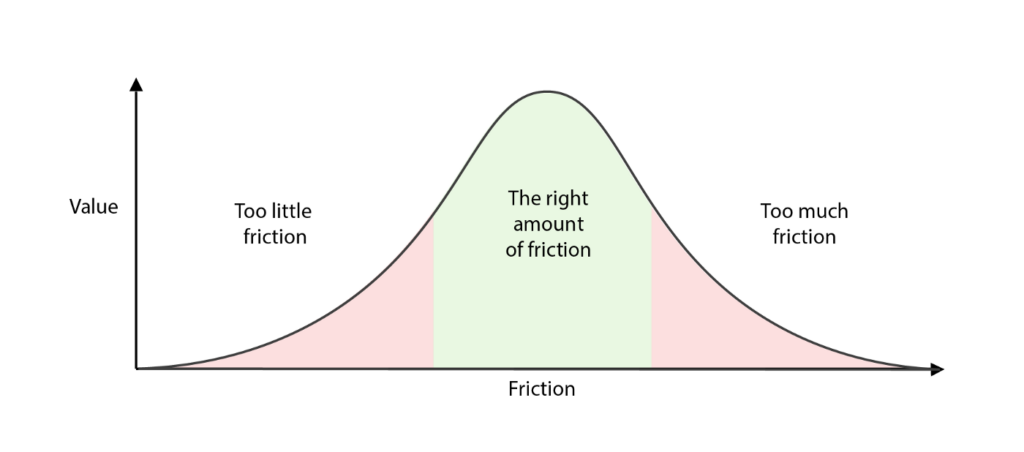
We can see this effect play out in the products we use every day.
Take, for example, Facebook. Facebook unlocked tremendous value by greatly reducing the friction involved in sharing our lives with friends. The platform was easy to use but still required some effort to create and share posts. In a bid to increase value, Facebook decided to remove this final bit of friction by introducing “frictionless sharing,” wherein some activity was automatically shared on the user’s behalf. Unfortunately, the change removed too much friction. Users felt they had lost control and ownership over their posts, and their response was overwhelmingly negative. Facebook eventually rolled back the feature.
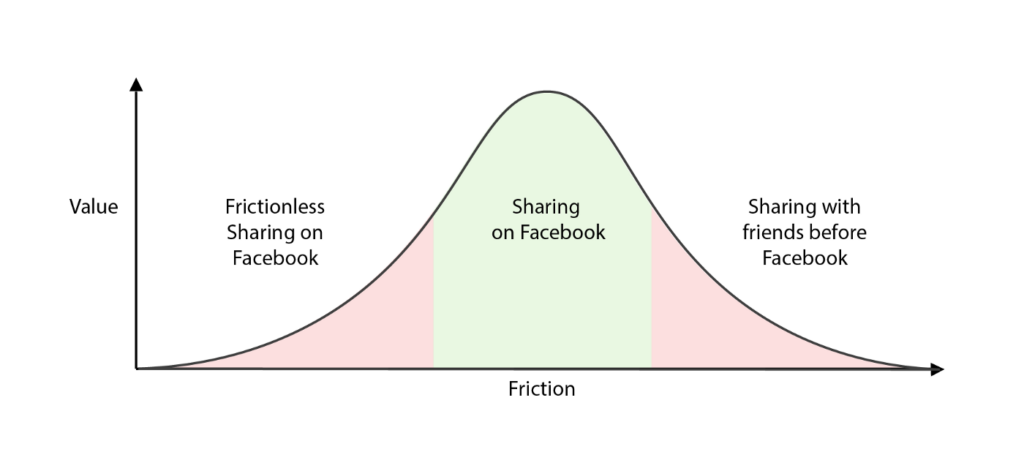
Similarly, Amazon delivers value by making it easy to find and buy almost anything. However, the steps you must take to purchase an item on Amazon still represent a small dose of friction. To remove this final bit of friction, Amazon implemented a “one-click” buy button which eliminates the need to complete their checkout steps. To take this even further, they created a smart button called Amazon Dash, which allows a person to order frequently used products without even visiting Amazon’s site. These features solve a problem for Amazon, bringing them more revenue more quickly. But based on what we know already, a frictionless shopping experience may actually be detrimental to customers.
Like Yellowstone’s wolves, the friction of the checkout process provides a check against impulse purchases and overspending. In a world where many people struggle to manage their money, these small barriers can be critical to maintaining financial balance. While the market would dictate that it’s not Amazon’s job to help its customers control their spending, lowering the barrier to impulse purchases could have a net negative effect on the value people get from Amazon’s service. The Dash button, for example, eliminates so much friction that customers may not even know how much they’re spending until after they’ve completed a purchase. In light of this, Amazon Dash was recently deemed illegal in Germany for violating consumer protection laws.
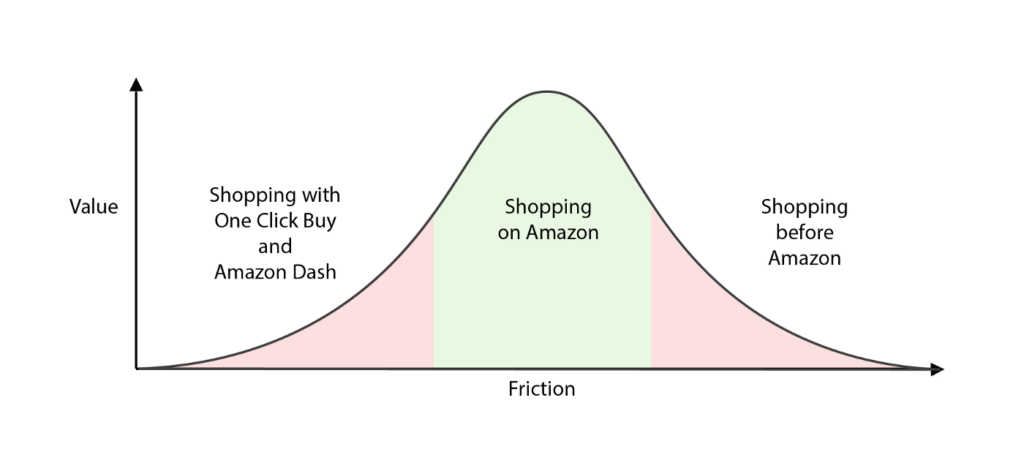
While the friction-versus-value curve impacts our daily interactions with products, it carries even greater weight outside of online shopping and social sharing.
We crave purpose and meaning in our lives. Many of us subscribe to the guiding belief that we must eliminate as much inconvenience and friction as possible in order to maximize the time we can spend on “the things that matter.” Unfortunately, as the IKEA effect illustrates, we may be going about it all wrong.
Below is a graph from Our World in Data. It shows self-reported life satisfaction from 2005–2017 across a number of countries with varying economic and political circumstances.
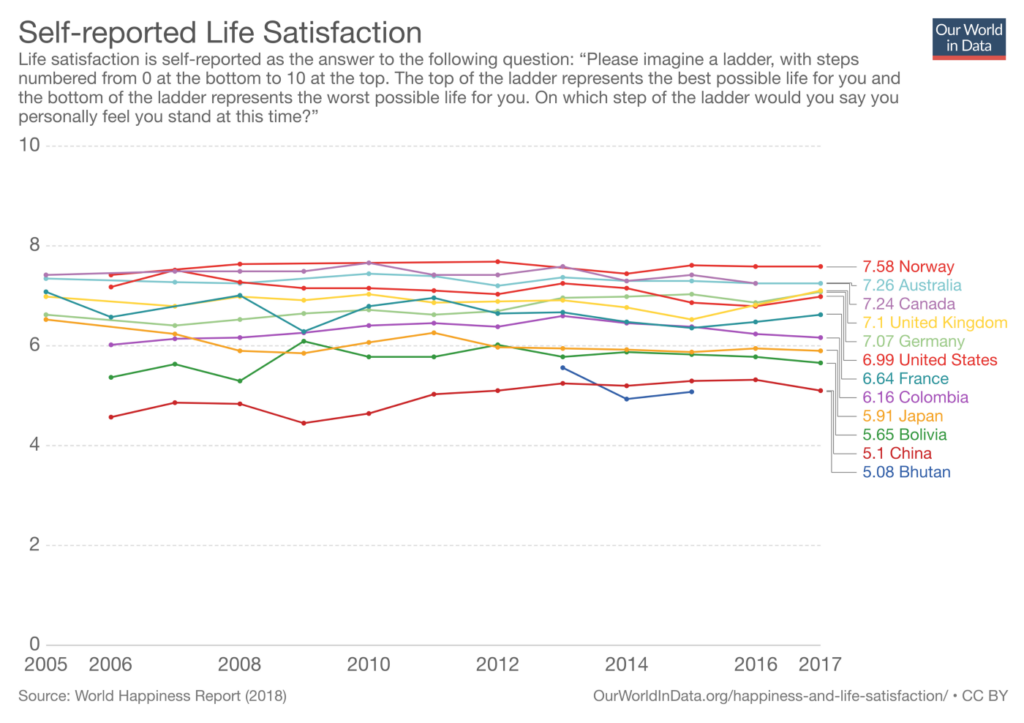
Overall, a country’s average level of life satisfaction increases alongside its wealth, with many wealthy countries reporting average levels in the seven to eight range (out of 10). A certain level of wealth, both on an individual and national level, is required to afford the services and infrastructure that reduce major friction in our lives. But that’s not what’s most interesting about this graph. Rather, what is most striking to me is that satisfaction levels, across the board, have not moved appreciably in over a decade.
This is remarkable when you consider that the time between 2010 and 2017 represents a high point in Silicon Valley, with the introduction of smartphones, tablets, and wearables as well as the explosion of social media and the rise of Amazon, Uber, Airbnb, and Netflix. You could call this era a golden age in our war on friction. We’ve seen a technology-enabled smoothing of increasingly minor inconveniences, yet it seems to have had little net impact, positive or negative, on life satisfaction across the globe. For many, life has changed dramatically but our levels of satisfaction have not.
It’s important to note that the data from the graph above draws from the Gallup World Poll, which focuses its survey mainly on adults. Most of the respondents are from a generation that grew up before the great smoothening of the last decade. So what about the generation entering adulthood right now? Has life with less friction left them feeling happier and more fulfilled than generations before? In her book, iGen, San Diego State University Professor of Psychology Jean M. Twenge shows us the answer is no. A growing percentage of eighth, tenth, and twelfth-graders feel their lives have less purpose than previous generations. We have a lot more to learn here, but the preliminary evidence supports the idea that we’re no happier than we were before the rise of apps.
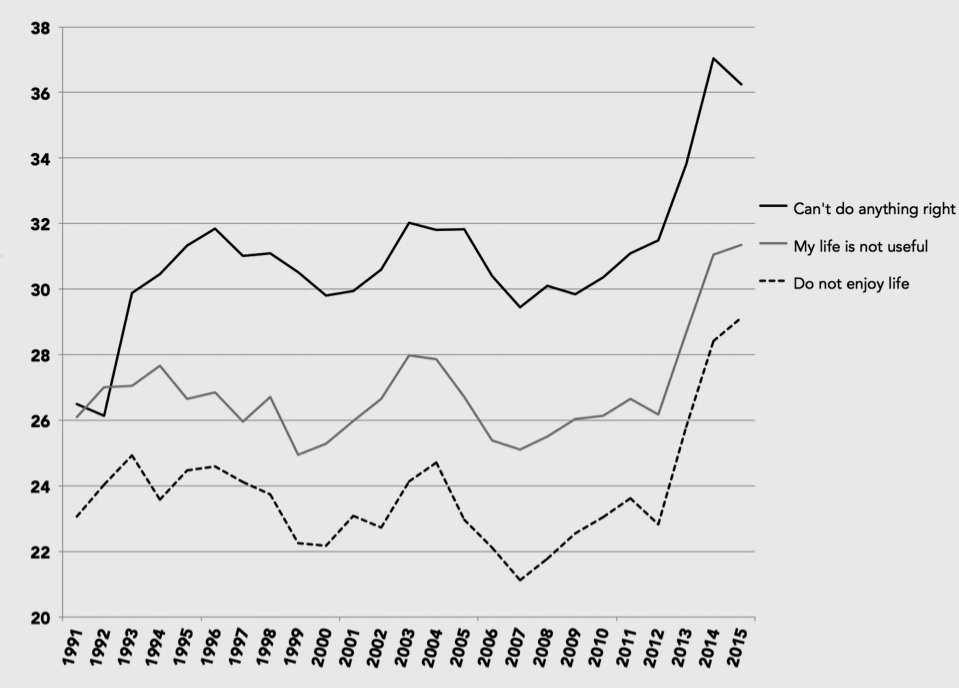
Too much friction destroys value. But so does too little.
Before the industrial revolution, many people faced insurmountable levels of friction. Over the last century, we’ve unlocked tremendous value by reducing major inconveniences. We’ve streamlined travel and communication, connecting vast portions of the globe. We’re enabling an increasing percentage of the global population to rise out of poverty. Mechanization and mass distribution put material and agricultural goods in the hands of many for whom these things were previously unattainable. We’ve moved more people to the middle of the friction bell curve, making it possible for them to step away from the basic tasks of survival and find meaning in other pursuits. Through it all, technology has continued to advance.
Ostensibly, the continued reduction of minor inconveniences should continue to drive satisfaction upward. But global satisfaction and happiness are stagnating and young people are feeling less purpose in their lives.
Over time, we’ve increasingly tied the value of technology to the revenue it can generate as opposed to the benefit it can deliver to the humans who use it.
The problem is that we now have a system built to straddle the friction-value curve, which keeps many people out of the middle. On one side, we have the market-driven techno-industrial complex, which is focused on making things increasingly easier for people who are already in the sweet spot of the curve. The result is that these people are beginning to slip down the other side, falling into the realm of too little friction and leaving purpose, meaning, and satisfaction behind.
On the other side, vast portions of the population are living with far too much friction. Overall, global progress has not been evenly distributed. Even within wealthy countries, disenfranchised and marginalized groups continue to face massive systemic barriers. Frequently, these issues are shuffled onto society’s back burner, becoming the purview of under-resourced government and philanthropic organizations while the market turns its attention toward delivering more ease for those who already have it easy enough.
This is the incentive structure we’ve created. Technology is a tool to solve problems and deliver value. Over time, however, we’ve increasingly tied the value of technology to the revenue it can generate as opposed to the benefit it can deliver to the humans who use it. Our economic system feeds on the belief that eliminating all friction is our road to happiness. We perpetuate this belief to drive profits — but we’re reaching a point of diminishing returns.
While levels of global satisfaction are still relatively high today, the trend in these numbers is not encouraging, especially for younger generations. If our goal is to grow profits, we’re doing alright. But if our goal is to truly deliver human value, we’re heading down the wrong path.
We need to reassess our relationship with friction. We reduce the likelihood of value, purpose, and satisfaction when we focus on smoothing increasingly benign inconveniences and ignore the significant friction holding back much of the world.
All friction is not created equal. If we are designing products for human value, we can’t treat all problems the same way. We need to understand which problems are worth solving because they truly hold people back and which problems may not actually be problems at all. The nuance of this difference, just as we see in nature, is key to maximizing a product’s value to humanity.
Thanks for reading! Join my newsletter for more thoughts on design, technology, and society delivered straight to your inbox: https://designlikeyoumeanit.substack.com/


